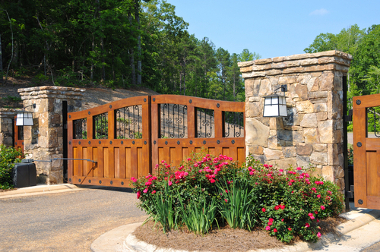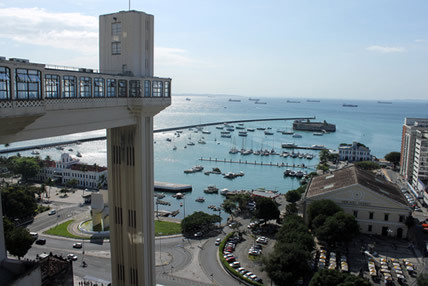THE Urbanization in Brazil it went through various historical processes, but we can say that its most intensive expansion occurred throughout the 20th century, especially after the industrialization process that began in the 1930s and consolidated after the years 1950.
With this, there was, in addition to a rapid and accelerated growth of cities, the concentration of most of the population in some metropolises, especially in the state capitals, which congregated in their surroundings an agglomeration of cities almost always conurbated each other. Metropolitan regions and the resulting territorial integration were then formed. We can say, then, that the urbanization of Brazil was also accompanied by a intensive metropolization.
From the mid-1960s, Brazil was no longer considered a rural country to to become a predominantly urban country, that is, with the majority of the population living in the cities. Currently, more than 84% of the Brazilian population lives in cities, an occurrence resulting from the processes that took place over the last century.
But what is the current stage of urbanization in Brazil?
At current trends in urbanization in Brazil, although not the target of consensus, indicate an inversion of some previously present characteristics or a decrease in the intensity of other aspects. As a reproduction of economic, cultural, social and structural changes by which society Brazil has been passing through, cities have been gaining new forms and new compositions in their spaces geographic.
A first current aspect of Brazilian urbanization to be observed is the process of demetropolization and the growth of medium cities. This means that a certain part of the population, previously residing in metropolises, is moving towards cities medium-sized, as they are receiving more and more investments and generating more and more direct and indirect.
It is important to emphasize, however, that this does not mean that metropolises are decreasing, but only growing less, which brings us to the second current aspect of Brazilian urbanization: the slower growth of big cities and metropolises.
An emblematic example is that of the largest city in the country: São Paulo. The capital of São Paulo has, in recent decades, presented successive drops in its rate of demographic growth. In the 1970s, this growth was 3.5%, rising to 2.1% in the 1980s, 1.8% in the 1990s and 1.1% in the 2000s. This is because interregional migrations decreased in intensity or, in some cases, they were reversed, given that São Paulo itself has been recording negative migration balances.
Do not stop now... There's more after the advertising ;)
The reasons that have been leading to a demographic decrease in large Brazilian cities and metropolises are also part of current trends in Brazilian urbanization. At the moment, the cost of living and the price of land in metropolises are rising very quickly, due to the high real estate speculation and the relative improvement in the living conditions and income of the urban population. In addition, the process of urban macrocephaly – when cities do not support the large load of inhabitants and peripheral areas formed –, it also contributes to the depletion of these places. Lack of mobility and high pollution are other factors that contribute to the decrease in the attractiveness of the country's large cities.
Currently, it is also observed that in the intra-urban space of these large urban agglomerations some transformations have taken place. First, although the urban segregation process of the poorest population has not ended, with the formation of distant peripheral areas and neighborhoods, in addition to areas of irregular occupation and slums, this process has been occurring more slowly. However, even so, it is a problem that is difficult to control.
Second, the call is noticeable self-segregation, that is, the middle and high-income population's search for gated communities, being many of them away from the great centers and neighborhoods considered noble.

The growth of luxury gated communities is one of the current trends in urbanization
In summary, we can see that, although some previously existing problems have diminished or presented in a less intense way, the social contradictions reproduced in the urban environment are still dormant. The inheritances promoted by capitalist and industrial expansion are still very much felt, given that the social and environmental problems in urban centers remain challenges for Brazilian cities. The greatest of these challenges is to guarantee the right to the city for the many who are socially excluded from it.

Urban space in large Brazilian cities is still very unequal *
___________________________
* Image credits: in that_flame / Shutterstock.com
By Me. Rodolfo Alves Pena

